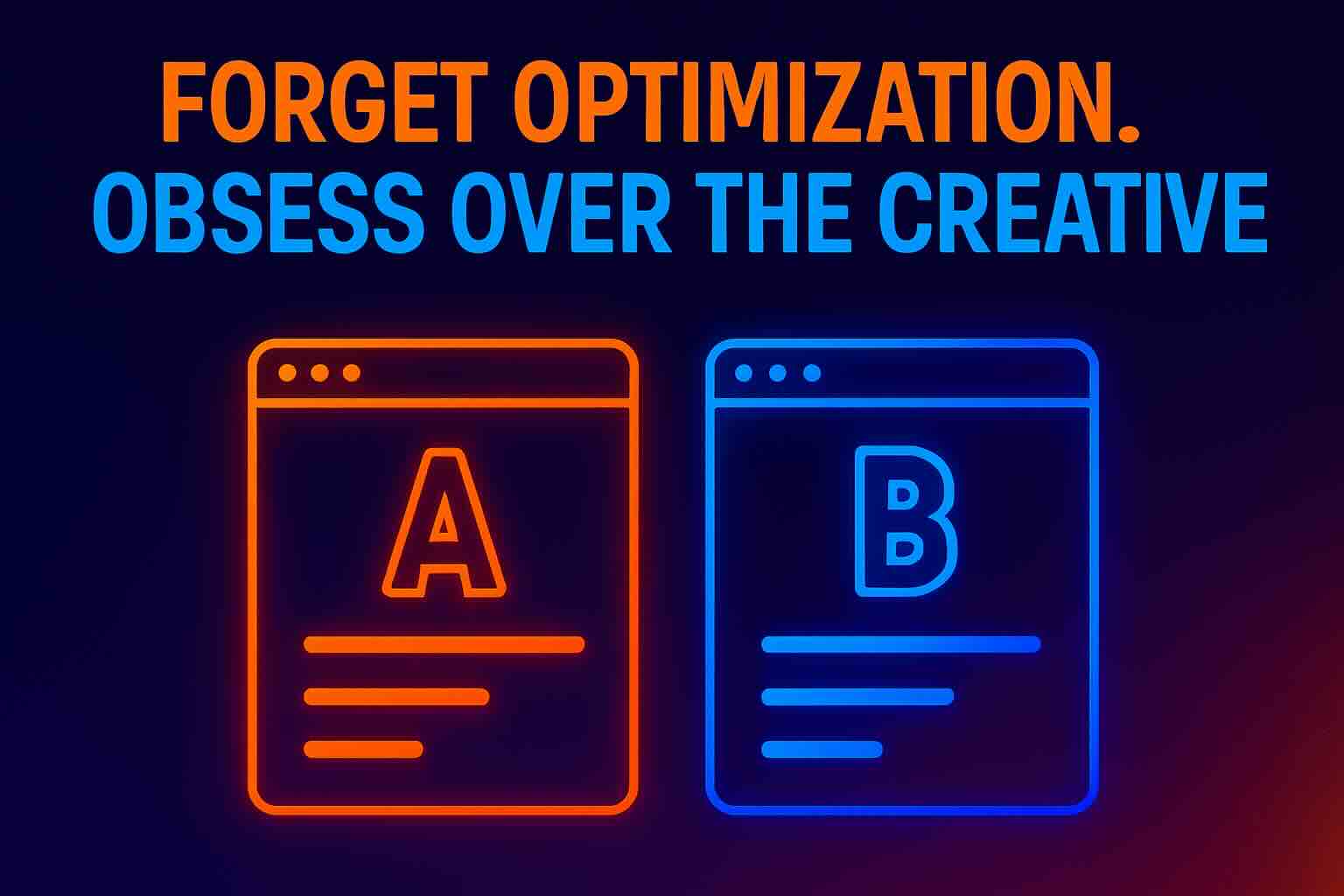Crush Your CTR: Write Search Ads That Command Clicks

To me, search advertising isn’t really advertising. It’s sales. When someone types a query into Google, they’re already looking for something. The ad they see? That’s not a billboard—it’s an answer. A pitch. A shot to win their business in real-time. You’re not just advertising; you’re competing to close the deal. It’s sales, and it’s competitive sales.
Click-through rate (CTR) isn’t just a metric—it’s the pulse of your PPC campaigns. A high CTR means your ads resonate, your messaging aligns with intent, and you’re on Google’s good side. But crafting ads that compel clicks? That’s both art and science.
Why CTR Is Your PPC Lifeline
- Boosts Quality Score: Higher CTR elevates your Quality Score, leading to lower CPCs and better ad positions.
- Validates Audience Fit: A strong CTR confirms your message matches search intent.
- Maximizes ROI: More clicks without increasing spend equals more conversions.
The Anatomy of High-CTR Ad Copy
- Lead with Benefits: Focus on what’s in it for the user. “Save 50% Today” outperforms “Our Best Deals.”
- Match Search Intent: Reflect the user’s query in your ad. Headlines should echo what the user searched for, word-for-word where possible.
- Highlight Your USP: Free shipping? 24/7 support? Make it known.
- Be Specific: “Join 10,000+ Happy Customers” > “Trusted by Many.”
- Strong CTA: Direct users—”Get Your Free Quote” or “Start Your Free Trial.”
Crafting Headlines & Descriptions That Convert
Headlines – Do’s
- Use all slots with unique angles
- Include your primary keyword
- Front-load your USP or offer
- Headlines should mirror the search query—this makes them feel like a direct, relevant answer
- Use one power word only when genuine
- Follow style rules: ≤30 characters, sentence case, max one “!”
Headlines – Don’ts
- No generic phrases like “Great Deals Here”
- Don’t repeat headlines
- No random punctuation or odd capitalization
Descriptions – Do’s
- Expand with specific benefits
- Preempt objections (e.g., “No credit card required”)
- Include a clear CTA
- Use proper grammar and punctuation
- Continue the conversation already happening in the user’s mind. The search query is what they typed, but your description is where you show you understand what they’re really thinking.
Descriptions – Don’ts
- No keyword stuffing
- No mirrored headline copy
- No emojis, no “!!!”, no shorthand
Conclusion & Next Steps
- Create headlines that speak your customer’s language and reflect their exact query
- Back them with benefits and a strong CTA
- Add urgency, proof, or a solid guarantee
- Test and iterate one word at a time
Ready to elevate your ad performance? Contact us for a free ad copy audit and let’s take your campaigns to the next level.
#1 Lever in PPC is The Creative (Not Optimization)
Most marketers obsess over optimization. Bid strategies. Targeting hacks. Attribution tweaks. But here’s the truth: you only win with PPC…
Reading Time: 2 min
How Smart PPC Strategies Can Supercharge Your SEO Performance
[anchor id=1] Introduction: The False Wall Between PPC and SEO Too many marketers treat PPC and SEO as two separate…
Reading Time: 5 min
Why Smart Startups Don’t Use Ad Platform Conversions for Reporting
The Data Looks Good—But It's Lying to You Most startup founders and marketing leads look at conversion numbers inside ad…
Reading Time: 3 min

